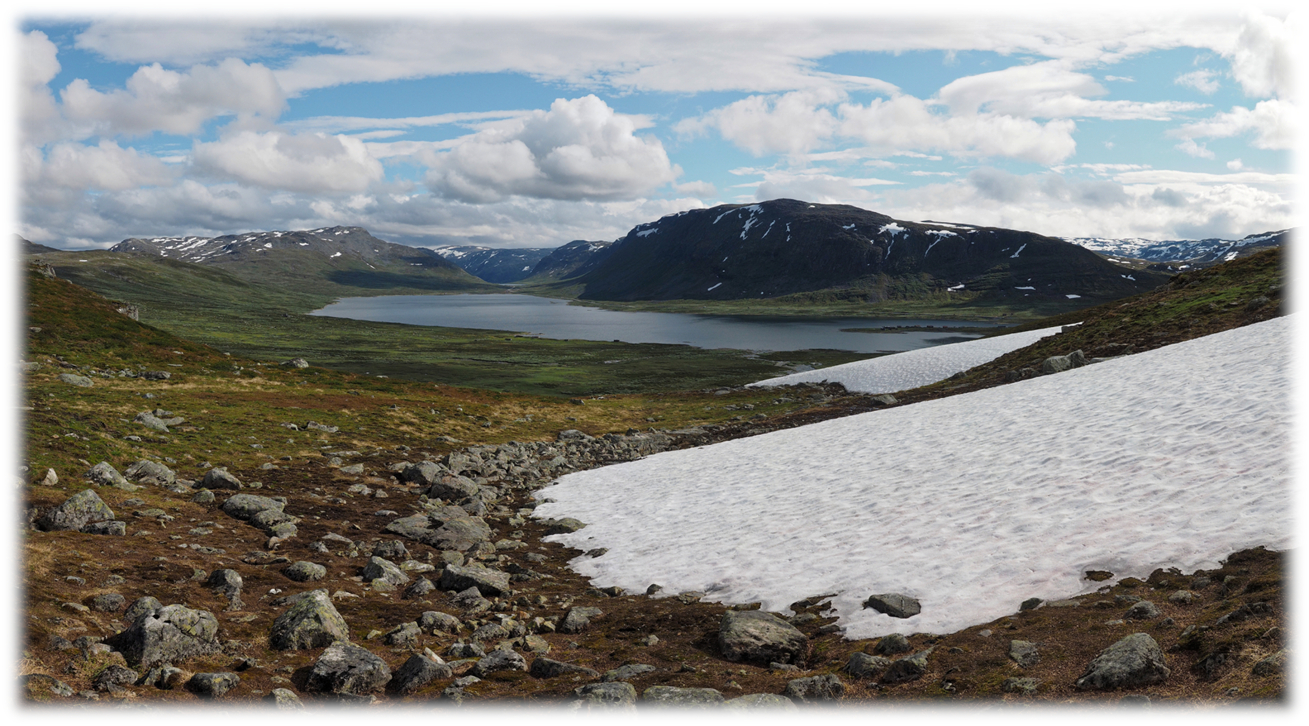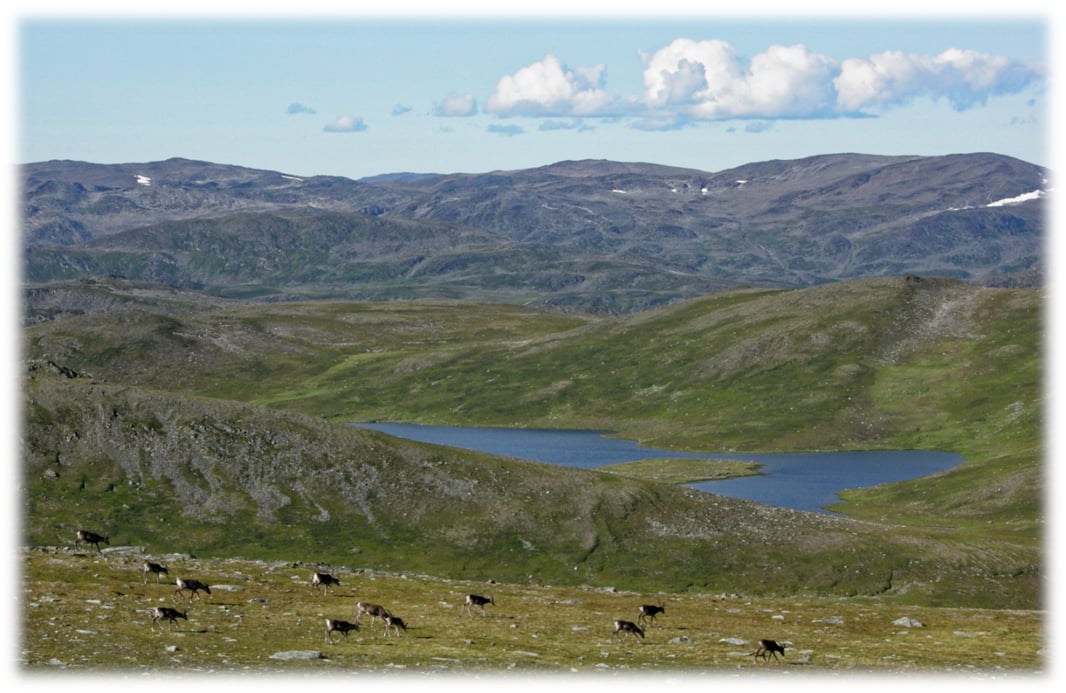Landscape Ecology of Alpine Environments
A special issue of Land (ISSN 2073-445X).
Deadline for manuscript submissions: closed (1 September 2022) | Viewed by 1492
Special Issue Editor
Special Issue Information
Dear Colleague,
Alpine environments – commonly defined as the landscape above the current treeline – are sentinels of global change. Warming two to three times faster than the global average, increasing temperatures exert probably the most striking impact on these (actually temperature-limited) ecosystems. Together with these climatic changes, however, also altered and/or intensified land use, invasive species, and increased nitrogen deposition, among other factors, are acting in concert to affect alpine ecosystems’ structure and functioning (like, e.g., biogeochemical cycles, species distribution and the resultant patterns of diversity) in a complex manner, pushing the entire alpine landscape into novel states.
At the same time, exactly these alpine environments – along with their adjacent mountain systems – provide important ecosystem services, like, e.g., water resources to nearly half of the world’s human population. Thus, the functional integrity of alpine and highland ecosystems becomes a key issue to us human beings. The maintenance of this integrity in face of the increasing pressure of global change calls for an effective and knowledge-based management and conservation. The inherent complexity, however, that arises from the multitude of factors involved in acting upon alpine ecosystems, challenges both the understanding of recent changes and, even more so, the assessment of future changes.
An approach that resolves, across a variety of spatio-temporal scales, the various interactions between the abiotic and biotic environment, deliberately including human activity, would be best suited to aid the necessary understanding. This is exactly what is at the heart of landscape ecology, a comparatively young branch of ecology that deals, as a multi-disciplinary science, with the interrelation between human society and its environment. A landscape ecology of alpine environments, focusing explicitly on those complex interactions that shape the landscape from the treeline and upwards, will contribute to the (policy-)relevant knowledge that is urgently needed to tackle the emerging environmental problems within these globally important areas.
It is, thus, timely to dedicate a special issue of LAND to the landscape ecology of alpine areas that bundles leading-edge research about landscape functioning at high altitudes across the globe to provide a definitive statement about the state of the art and new insights. We welcome contributions from within and especially across disciplines that advance our understanding about the current functioning and future prospects of alpine landscapes, covering the whole field from observational studies to modelling approaches.
Dr. Roland Pape
Guest Editor


Manuscript Submission Information
Manuscripts should be submitted online at www.mdpi.com by registering and logging in to this website. Once you are registered, click here to go to the submission form. Manuscripts can be submitted until the deadline. All submissions that pass pre-check are peer-reviewed. Accepted papers will be published continuously in the journal (as soon as accepted) and will be listed together on the special issue website. Research articles, review articles as well as short communications are invited. For planned papers, a title and short abstract (about 100 words) can be sent to the Editorial Office for announcement on this website.
Submitted manuscripts should not have been published previously, nor be under consideration for publication elsewhere (except conference proceedings papers). All manuscripts are thoroughly refereed through a single-blind peer-review process. A guide for authors and other relevant information for submission of manuscripts is available on the Instructions for Authors page. Land is an international peer-reviewed open access monthly journal published by MDPI.
Please visit the Instructions for Authors page before submitting a manuscript. The Article Processing Charge (APC) for publication in this open access journal is 2600 CHF (Swiss Francs). Submitted papers should be well formatted and use good English. Authors may use MDPI's English editing service prior to publication or during author revisions.
Keywords
- Ecosystem functioning
- Environment
- Climate change
- Land use and land cover change
- Coupled biogeographic/geomorphic processes
- Remote sensing and geospatial technologies
- Diversity
- Distribution modelling
Benefits of Publishing in a Special Issue
- Ease of navigation: Grouping papers by topic helps scholars navigate broad scope journals more efficiently.
- Greater discoverability: Special Issues support the reach and impact of scientific research. Articles in Special Issues are more discoverable and cited more frequently.
- Expansion of research network: Special Issues facilitate connections among authors, fostering scientific collaborations.
- External promotion: Articles in Special Issues are often promoted through the journal's social media, increasing their visibility.
- Reprint: MDPI Books provides the opportunity to republish successful Special Issues in book format, both online and in print.
Further information on MDPI's Special Issue policies can be found here.





